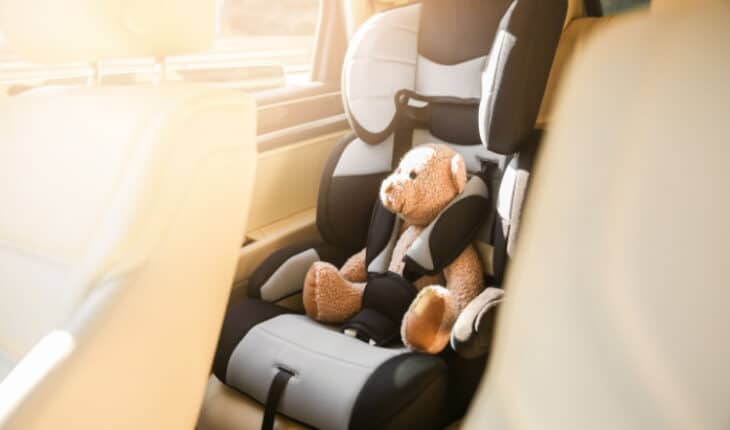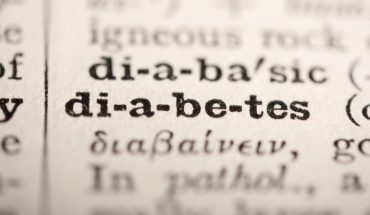Key things to prepare to make your journey safer:
Ensure your vehicle is always in peak condition – check the tread on the tyres, your car is clean and in great working order.
Planning – know your route, roughly how long it should take you and alternatives for known traffic hotspots. Do not rely entirely on the Sat Nav. Getting lost is stressful and that in itself, can prove dangerous.
Don’t strap in wearing a coat as your seat belt will not be as effective. This is particularly important when strapping children into car seats as they can literally slither out in their coat.
Never drive when tired and always check side effects on prescription medication for any risks that they could cause drowsiness. Take the advice seriously.
Minimise distractions – if children become fractious during a journey, stop at the first safe opportunity. Never be tempted to try and help them whilst driving. Pets should ideally be in travel cases or travel safely and comfortably in the boot of an open hatchback.
Mobile phones, Sat Nav and other technical distractions are dangerous.
Stop regularly – have planned stops on your journey and be aware of time to next service stations etc, when on the motorway.
Cyclists and motorcyclists are particularly vulnerable road users and it is vitally important that everyone on a bike knows how to respond if there is an accident.
If cycling with children and teenagers, reinforce how important it is that they should never overtake lorries, buses and other large vehicles on the inside and explain the significance of vehicle blind spots.
Car seats
It is critical that children are in the most appropriate car seat for their height and weight. UK law states children must use a child car seat until they’re 12 years old or 135cm (4ft 5in) tall, whichever comes first. But safety experts recommend you use a child car seat for all children under 150cm (4ft 11in). … The driver is legally responsible for children being in car seats while travelling.
You must wear a seatbelt if there is one fitted to the seat you are in. Failure to wear a seatbelt carries a £500 fine.
Preparing for different weather conditions – snow and ice/heat
Think ahead and look at the weather forecast: ensure your car has good tread on the tyres, check tyre pressure and antifreeze levels. For snow and ice; give yourself extra time to defrost the windscreens and to ensure the car is fully de-misted and you have a completely clear windscreen before setting off.
Always have suitable footwear and a coat in the car with you, even if you are just going a short distance as you never know what can happen.
For longer journeys pack a hot drink and some snacks. For hot weather; ensure you have ample water, ensure pets do not overheat in the car, if you are in a traffic jam and your pet is in the boot of the car, ensure they are not in full sun and stop to give them water. Fit sun blinds to reduce the impact of the sun for children and pets.
Winter Jackets
It is absolutely vital that you remove your little one’s winter coat when you put them in their car seat, in order to ensure that their seat belt is adequately tightened. It’s important that they don’t have any large obstructions such as a coat that might require their seatbelt’s to be looser.
Long drives
Plan your journey carefully and take regular rest breaks. If you start to feel sleepy, stop at the next safe opportunity, never try to drive through it.
Check your car is roadworthy– tyres, petrol, water, oil, wiper blades, windscreen
Prepare for the unexpected – looking at your planned route, consider your passengers and pack additional items accordingly. Thinking in particular of elderly passengers, children and pets.
Remember to bring with you – Reflective clothing etc for cyclists, pedestrians, horse riders and motorcyclists, Torch, water, foil blanket
Consider the importance of helmets.
- What is a seizure? - 13th March 2025
- Febrile Convulsions and Seizures in Children - 13th March 2025
- Why women are less likely to receive CPR or survive cardiac arrest - 6th March 2025






